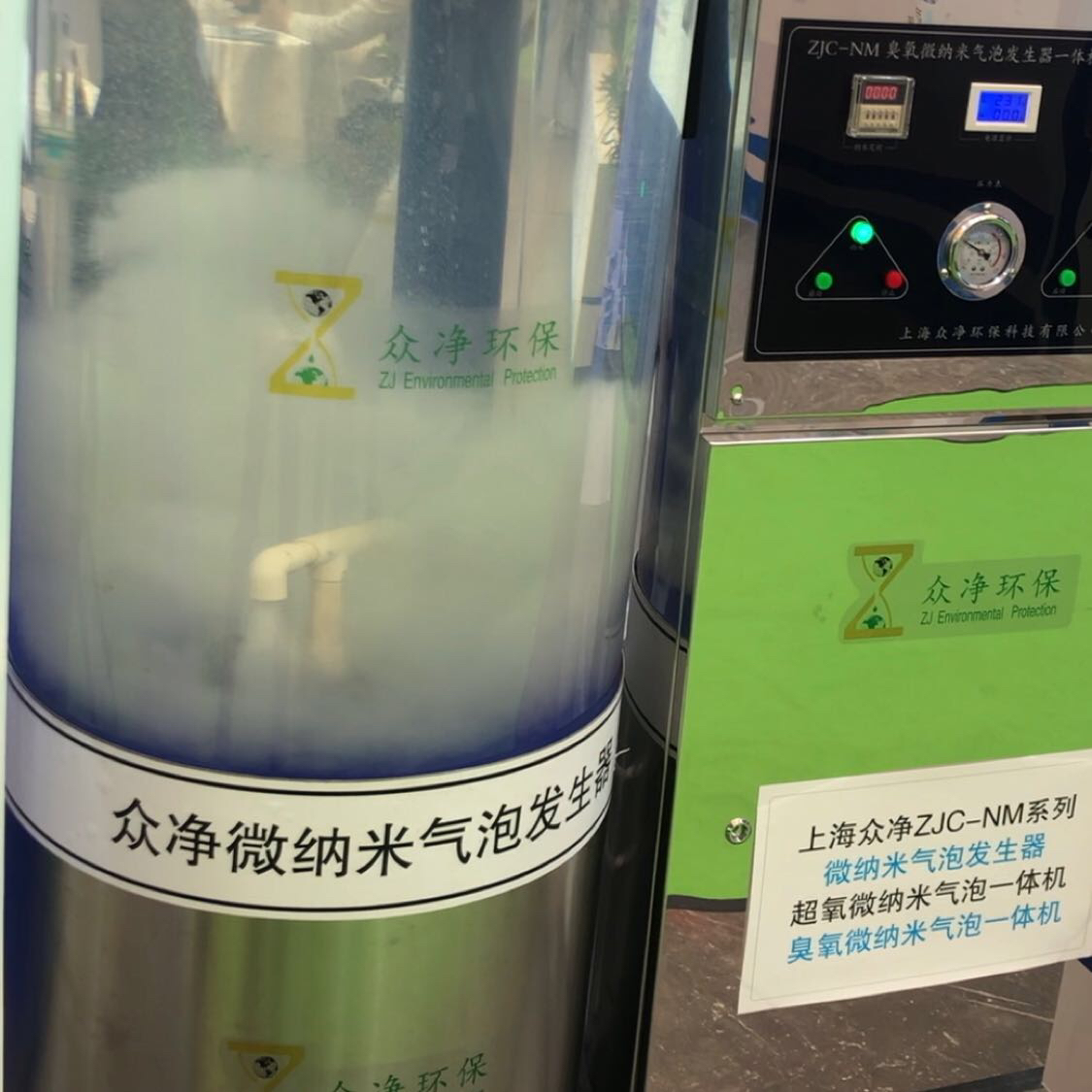The principle and usage of micro nano bubble technology in biological fermentation
Click:3042Date:2024-12-05 08:54:46
The principle and usage of micro nano bubble technology in biological fermentation
Improve mass transfer efficiency:
Gas liquid mass transfer is an important process in biological fermentation, and micro nano bubbles have significant advantages over traditional bubbles in mass transfer due to their extremely small diameter. During the process of volume contraction of microbubbles, the specific surface area and internal pressure continuously increase, allowing more gases (such as oxygen, carbon dioxide, etc.) to dissolve into the fermentation broth through the bubble interface, thereby improving mass transfer efficiency.
Increase dissolved oxygen concentration:
Micro nano bubbles have the characteristics of slow rising speed and self pressurized dissolution, which can stably exist and slowly dissolve in fermentation broth, greatly increasing the concentration of dissolved oxygen. High dissolved oxygen concentration promotes the growth and metabolism of microorganisms, thereby improving fermentation efficiency.
Generate free radicals:
At the moment of rupture, micro nano bubbles release accumulated chemical energy due to the drastic change of gas-liquid interface disappearance, which stimulates the production of a large number of active substances such as hydroxyl radicals. These free radicals have ultra-high oxidation-reduction potentials and can degrade harmful substances in the fermentation broth, improving the fermentation environment.
Enhance microbial activity:
Micro nano bubbles can stimulate the growth and metabolism of microorganisms, enhancing their activity. In some cases, micro nano bubbles can also promote interactions between microorganisms, improving the quality and yield of fermentation products.
Operator and preparation of micro nano bubbles:
Using micro nano bubble generation devices, gases (such as air, oxygen, etc.) are cut, collided, and mixed through special mechanical channels or electrochemical methods to generate a large number of micro nano scale bubbles.
Introducing micro nano bubbles into the fermentation system:
Mix the prepared micro nano bubbles with the fermentation material to form a uniform fermentation mixture. Transport the fermentation mixture to the fermentation tank for biological fermentation process.
Control fermentation conditions:
Adjust the temperature, pH value, dissolved oxygen concentration, and other conditions in the fermentation tank according to the characteristics of the fermentation material and the requirements of the target product.
By detecting the fermentation degree and mixing uniformity of the fermentation mixture, the fermentation conditions can be adjusted in a timely manner to ensure the smooth progress of the fermentation process.
Collect and process fermentation products:
After fermentation, the fermentation products are collected and processed through a collection device. Purify and dry the fermentation product as needed to obtain the final fermentation product.
In summary, micro nano bubble technology significantly improves fermentation efficiency and quality in biological fermentation through mechanisms such as improving mass transfer efficiency, increasing dissolved oxygen concentration, generating free radicals, and enhancing microbial activity. Meanwhile, through reasonable operational methods, the effective application of micro nano bubble technology in biological fermentation can be ensured.



 Home
Home


